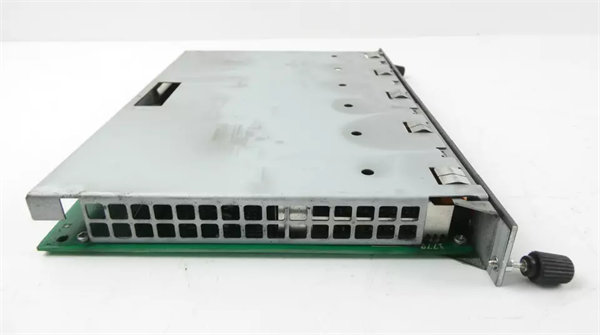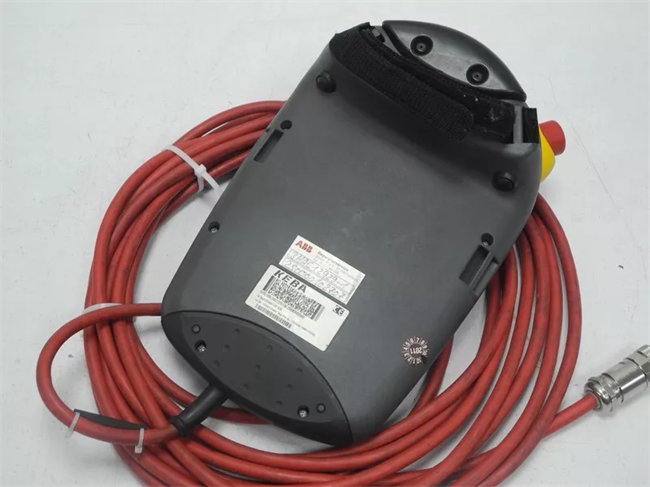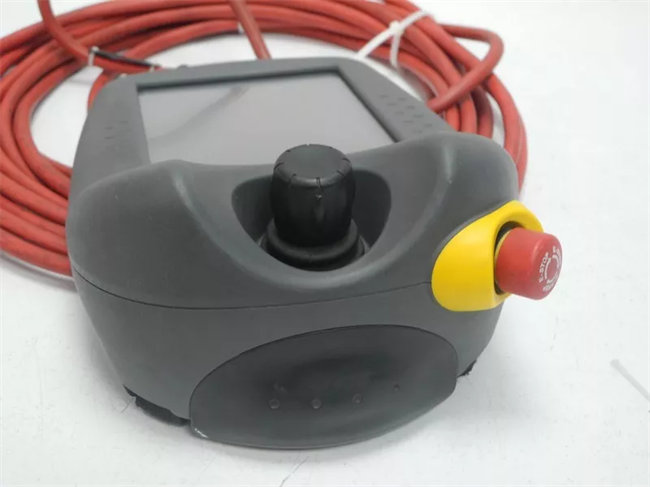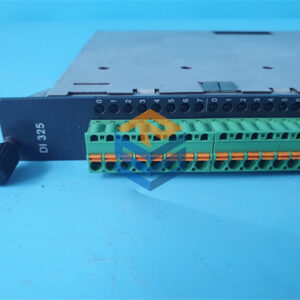الوصف
It looks like you’re asking about the KEBA CU312/E. As an industrial automation expert, I can tell you that this is a high-performance CPU module designed for KEBA’s industrial control systems, particularly within their KeControl or KeTop product lines. It acts as the “brain” of the control system, handling complex computations and coordinating various automation tasks.
KEBA is a well-regarded Austrian company known for its innovative solutions in industrial automation, robotics, and banking automation. The CU312/E is a key component in their offerings for sophisticated machine and process control.
Key Features and Benefits:
- Powerful CPU Module: The CU312/E is equipped with a robust processor, enabling it to execute complex control algorithms and manage real-time processes with high precision. This is crucial for demanding applications requiring fast response times and accurate control.
- Modular Design: As part of a larger KEBA control system, the CU312/E benefits from a modular architecture. This allows for flexible configuration and expansion, meaning you can add specific I/O modules, communication interfaces, or other specialized components to tailor the system to your exact application needs.
- Integrated Communication Interfaces: It typically includes various standard industrial communication interfaces, such as Ethernet (for network connectivity, HMI communication, and data exchange), USB (for programming or peripheral connections), and potentially other fieldbus interfaces depending on the system configuration. This ensures seamless integration into existing automation networks.
- Real-time Operating System (RTOS) Support: KEBA’s control systems, including modules like the CU312/E, usually operate on a real-time operating system. This guarantees deterministic behavior and precise timing, which is vital for synchronized motion control and critical process management.
- Robust and Industrial-Grade Design: Built for harsh industrial environments, the CU312/E is designed to withstand typical industrial conditions like temperature fluctuations, vibration, and electrical noise, ensuring reliable operation over long periods.
- Programming Flexibility: Programmed using standard IEC 61131-3 languages (such as Ladder Diagram, Function Block Diagram, Structured Text), it offers flexibility for automation engineers to develop and implement control logic.
Typical Applications:
The KEBA CU312/E is found in a wide range of sophisticated industrial automation applications where high-speed processing, precision control, and reliability are paramount.
- Robotics and Automation Cells: Controlling multi-axis robots, pick-and-place systems, and complex assembly lines.
- Plastics Machinery: Used in injection molding machines, extruders, and blow molding machines for precise control of temperature, pressure, and motion.
- Machine Tools: Providing high-performance control for CNC machines, milling, turning, and grinding applications.
- Packaging Machinery: Automating complex packaging processes, including filling, sealing, and labeling.
- Material Handling Systems: Controlling conveyor systems, automated guided vehicles (AGVs), and storage and retrieval systems.
- Printing and Paper Machines: Managing precise web tension, synchronization, and quality control processes.
- Wood Processing Machinery: Automation of cutting, shaping, and finishing processes in woodworking.
Related Products and Solutions:
The KEBA CU312/E typically functions as part of a larger KEBA automation ecosystem. To form a complete control system, it would be integrated with:
- KEBA KeControl Control Systems: This module is a core component of KEBA’s modular KeControl systems (e.g., KeControl C series or P series).
- KEBA I/O Modules: Various digital and analog input/output modules that connect sensors and actuators to the control system.
- KEBA Motion Control Modules: Specialized modules for precise control of servo drives and motors.
- KEBA Communication Modules: Additional modules for specific fieldbus protocols (e.g., EtherCAT, PROFINET, CANopen) to integrate with other devices.
- KEBA KeTop Operating Terminals/HMIs: Human-Machine Interfaces used for operator interaction, visualization, and system monitoring.
- KEBA KeStudio Engineering Software: The integrated development environment (IDE) used for programming, configuring, and commissioning KEBA control systems.
- KEBA Drives and Motors: Often paired with KEBA’s own servo drives and motors for a complete motion control solution.

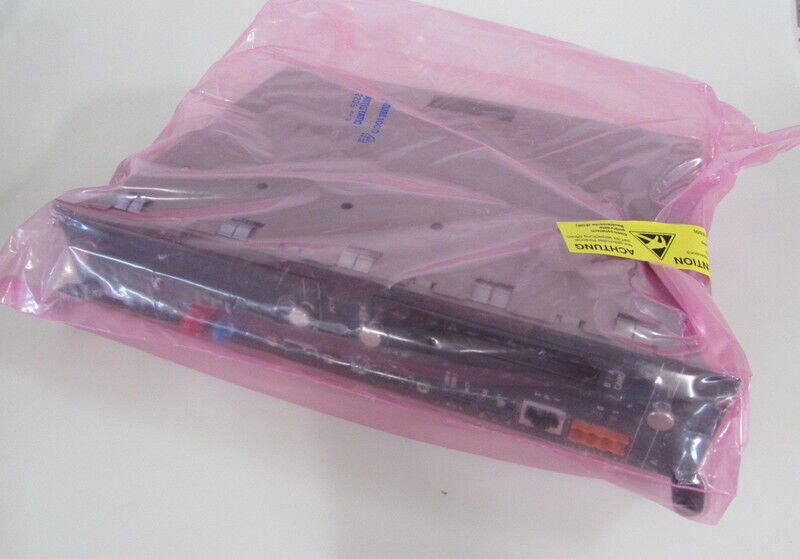
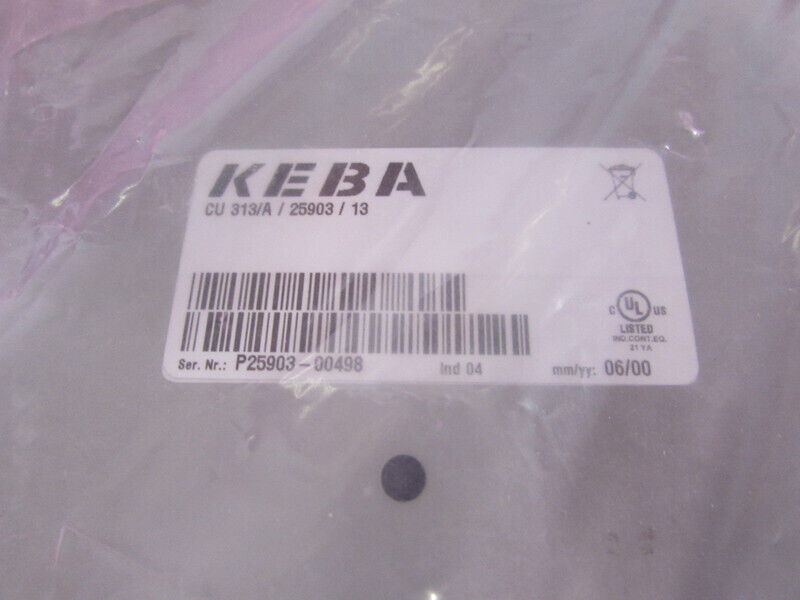

 +86 15340683922
+86 15340683922 +86 15340683922
+86 15340683922